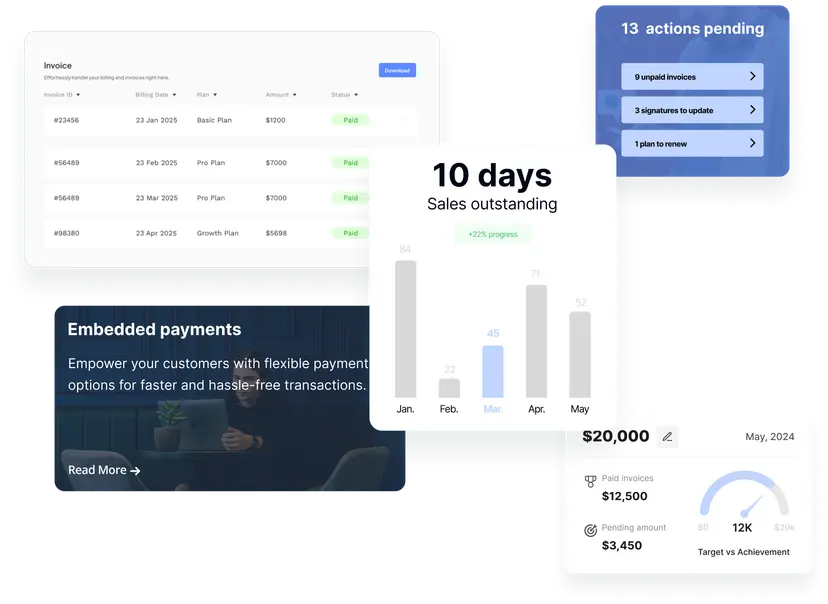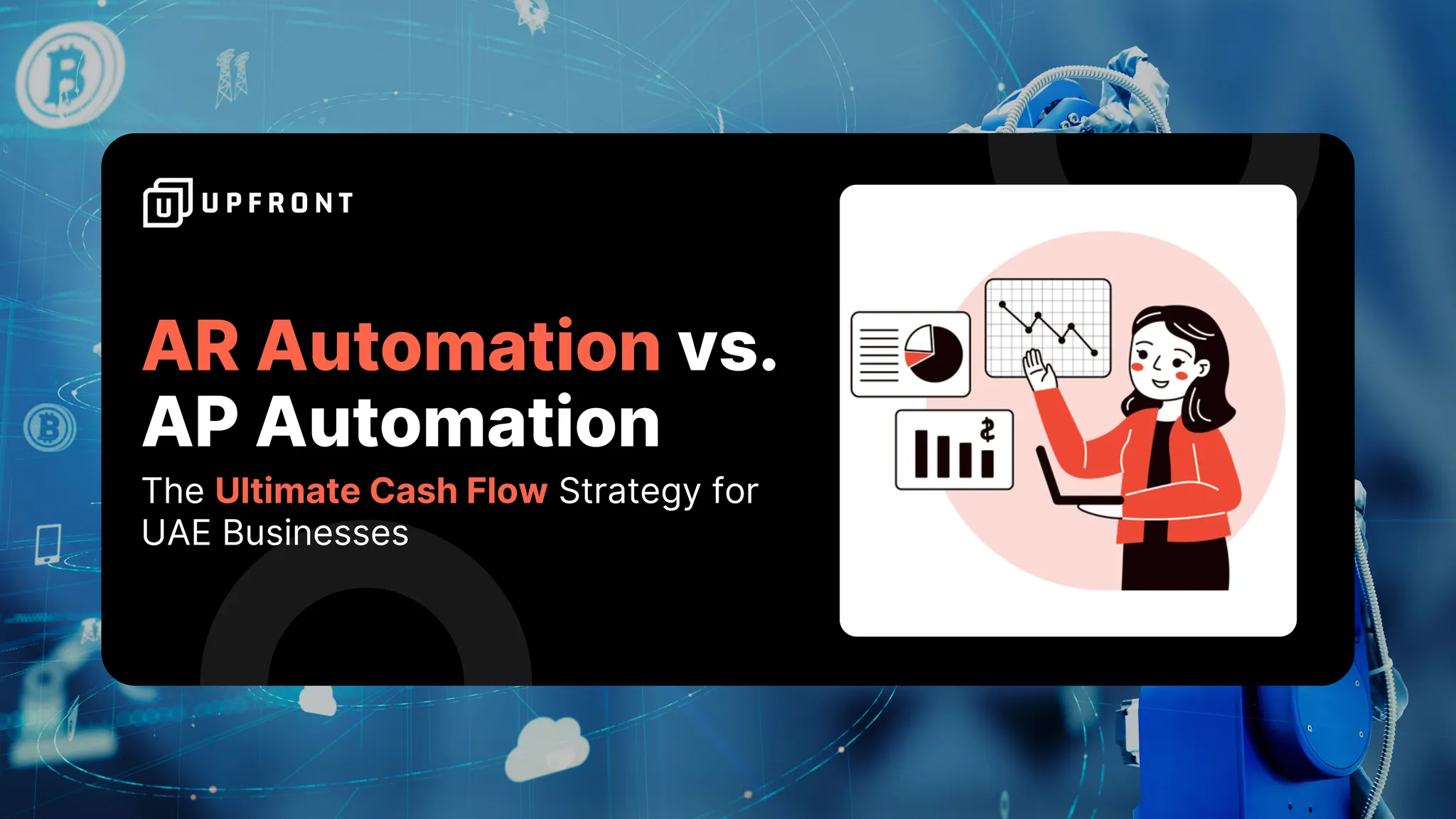How to Start Accepting Online Payments: Best Practices for UAE Businesses
In the fast-paced digital world, accepting online payments has become a must for businesses looking to stay competitive. For companies in the UAE and across the GCC, offering seamless and secure payment options is no longer a luxury—it’s essential for smooth operations, faster cash flow, and happier customers. Whether you’re a small business, freelancer, or startup, adopting online payment solutions can help streamline your processes and reduce payment delays. Let’s explore the best practices for accepting online payments in the UAE, including payment gateway integration, security measures, and more.
What’s the Best Way to Accept Online Payments?
Before diving into specifics, it’s important to understand the different online payment methods available. In the UAE, the main methods for receiving online payments include:
- Credit and Debit Cards: Visa and Mastercard are the dominant players in the UAE.
- Digital Wallets: Apple Pay, Google Pay, and Samsung Pay are gaining traction.
- Bank Transfers: Commonly used in B2B transactions but can be slow without streamlined systems.
- Local Payment Gateways: Specialized options tailored for the UAE market that integrate seamlessly with local banks.
For businesses, providing a variety of payment methods is key to boosting the chances of receiving payments quickly.
Offer Multiple Payment Methods with Smart Gateway Integration
One-size-fits-all doesn’t work when it comes to payment methods. Customers appreciate having options, and giving them choices leads to faster payments and fewer delays. Here’s how to integrate payment gateways effectively:
- Why Offer Multiple Methods? Providing several options—like credit cards, digital wallets, and bank transfers—boosts payment success rates by accommodating customer preferences.
- How to Do It? Partner with a payment gateway that supports popular methods in the UAE. Make sure the gateway integrates smoothly with your website or invoicing system to provide a seamless experience.
Simplify the Payment Process with Embedded Solutions
The easier you make it for your customers to pay, the quicker you’ll get paid. With embedded payment solutions, you can reduce friction in the payment process and speed up transactions. Here’s how:
- Why Simplicity is Key? The fewer steps involved, the less likely customers will abandon the transaction. A simple, frictionless process encourages faster payments.
- How to Implement? Use embedded payment solutions, such as a “Pay Now” button on invoices, customer portals, or directly on your website. This eliminates the need for customers to navigate away from the page to complete their payment.
Ensure Payment Security for Trust and Protection
Online payments involve sensitive information, so ensuring security is crucial. Businesses must protect their customers’ data to maintain trust and avoid reputational damage. Here’s how to secure your payments:
- Why Security Matters? Protecting customer data is not only a trust issue but also a legal requirement. A data breach can lead to serious fines and lost customers.
- How to Secure Payments?
- Use PCI DSS Compliant Gateways: Ensure your payment gateway complies with the Payment Card Industry Data Security Standard (PCI DSS) for card security.
- Ensure Secure Websites: Your website must use HTTPS to ensure that customer data is encrypted during transactions.
- Avoid Storing Card Details: Let the payment gateway handle sensitive card data to mitigate security risks.
Automate Payment Reconciliation and AR Processes
Once payments are processed, it’s crucial to manage them efficiently. Automating the reconciliation process can save time, reduce errors, and streamline your accounting workflow. Here’s how to automate:
- Why Automation? Manual reconciliation is slow and prone to mistakes. Automation ensures faster, more accurate payment recording and prevents delays in updating your financial records.
- How to Automate? Ensure your payment system integrates directly with your accounts receivable (AR) automation software, like Upfront, or your accounting system. This way, when a payment is made, the system will:
- Automatically mark invoices as paid.
- Trigger payment confirmation emails.
- Stop any additional reminders for that invoice.
Clear Communication with Payment Reminders
Even with a smooth online payment process, customers may forget to make payments. Clear and consistent communication can help prevent delays and reduce payment friction. Here’s how:
- Why Communication is Important? Clear communication ensures that your customers know exactly when and how to pay, minimizing confusion and payment delays.
- How to Communicate?
- Clearly state payment terms on your invoices.
- Use automated reminders with direct payment links, making it as easy as possible for customers to pay.
Get Paid Faster: Smart Ways to Start Accepting Online Payments UAE
UPFRONT makes it easy for UAE businesses to accept online payments — securely, instantly, and without the usual setup hassle. Go live fast, get paid faster.
Book a Free Demo →Online Payment Best Practices Checklist
| Best Practice | Key Action | Benefit for UAE Businesses |
| Offer Multiple Options | Integrate a gateway supporting cards, wallets, etc. | Caters to preferences, increases payment likelihood |
| Simplify the Process | Use embedded payments, clear “Pay Now” buttons, direct payment links | Reduces friction, encourages immediate payment |
| Prioritize Security | Use PCI compliant gateways, HTTPS; Don’t store card data | Builds trust, protects data, ensures secure B2B payments |
| Automate Reconciliation | Integrate payments with AR automation software/accounting system | Saves time, improves accuracy, stops unnecessary reminders |
| Communicate Clearly | Clear terms on invoices, use automated payment reminders with links | Prevents confusion, prompts timely action |
Choosing the Right Payment Gateway Integration Partner
Selecting a payment gateway isn’t just about fees. Consider:
- Supported Methods: Do they cover the ones your UAE customers use?
- Integration Ease: How easily does it connect with your existing software (invoicing, AR automation, e-commerce)?
- Security: Are they fully compliant and reputable?
- Fees: Understand the transaction fees, setup costs, and monthly charges.
- Support: Is good customer support available?
Taking the time to choose the right partner makes implementing these best practices much smoother.
Common FAQs About Online Payments in the UAE
What is the easiest way to start accepting online payments?
The easiest way to accept online payments is by integrating a payment gateway that supports multiple methods (credit cards, digital wallets, etc.) directly into your website or invoicing system. This enables your customers to pay quickly and securely.
Do I need a website to accept payments online?
No, you don’t need a full website to accept payments. You can use payment links, invoices, or platforms like WhatsApp or Instagram to accept payments, especially if you’re a freelancer or small business.
Which online payment methods are best for small businesses in the UAE?
Credit and debit cards (Visa/Mastercard) are the most popular. Additionally, digital wallets like Apple Pay and Google Pay are gaining popularity. For B2B transactions, offering streamlined bank transfer options is also beneficial.
How do I set up a payment gateway on my website?
To set up a payment gateway, you’ll need to choose a provider that supports the methods your customers prefer. After selecting your gateway, follow the integration instructions to connect it to your website or invoicing system. Many payment providers offer plugins or APIs to make integration simple.
What is the best online payment gateway in the UAE?
The best gateway for your business depends on your needs, but options like PayFort, Telr, and Stripe are commonly used in the UAE. Each has different features, fees, and supported payment methods, so it’s important to choose one that aligns with your business goals.
How much does it cost to accept credit card payments online?
The cost varies depending on the payment gateway you choose, but generally, there will be transaction fees ranging from 2% to 3% per payment. Additionally, some gateways charge setup and monthly fees, so it’s important to compare different providers.
Can I accept online payments without a business license?
In most cases, yes, especially if you’re a freelancer or sole proprietor. However, a business license is typically required for larger companies or to open a merchant account with a payment processor. Check local regulations in the UAE/GCC for specific requirements.
How can I accept payments through WhatsApp or Instagram?
You can accept payments through platforms like WhatsApp or Instagram by using payment links or integrating with payment processors that support these platforms. For example, you can send a link to a customer that leads to a payment gateway where they can complete the transaction.
Final Thoughts: Choose the Right Payment Gateway for Your Business
The key to getting paid faster is making online payments as easy and secure as possible. By offering multiple payment methods, ensuring payment security, automating your processes, and communicating clearly, you can streamline your cash flow and keep your customers satisfied. Whether you’re a small business, freelancer, or startup in the UAE, finding the right payment gateway integration partner and following these best practices will make accepting online payments a breeze.
→ Resource liberation: Time-Saving Tips SME Efficiency → Scalable solutions: AR Automation for Small Business → Growth catalyst: Financial Software SME Growth → Payment flexibility: Accept Online Payments → Hidden savings: Costs of Manual AR





